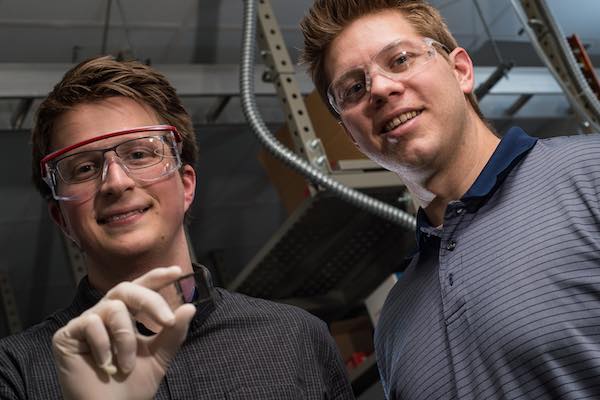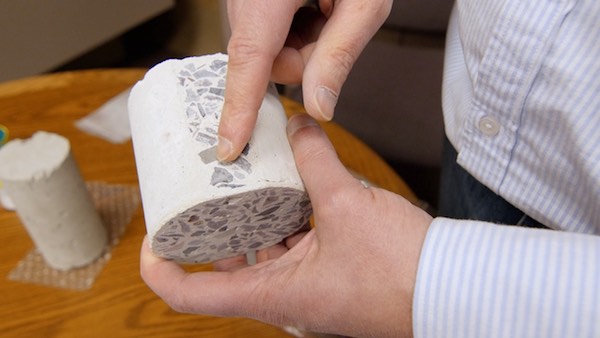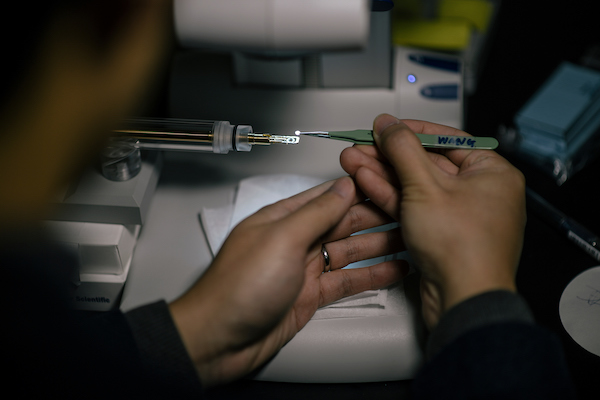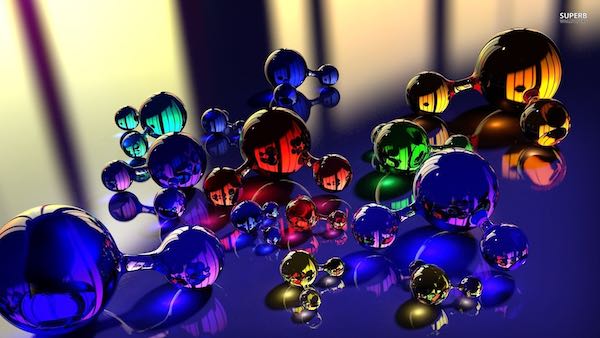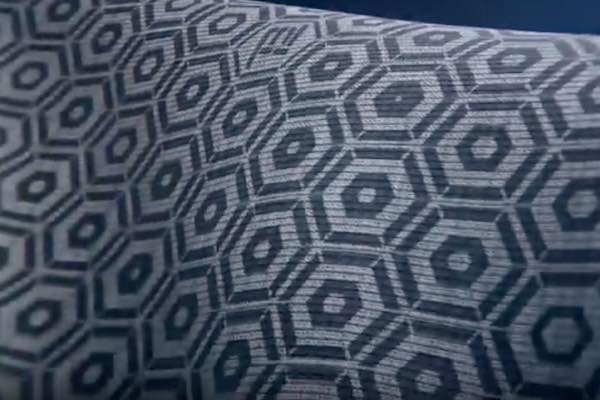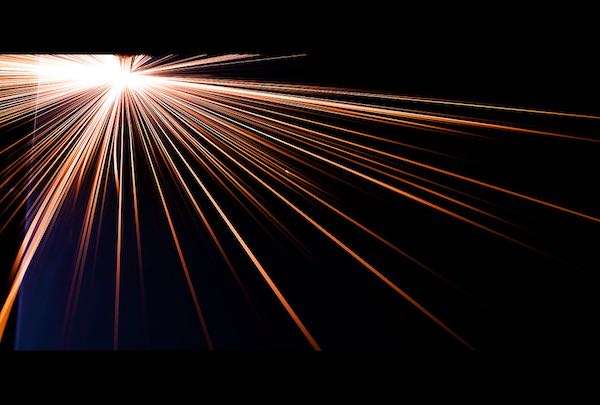By reducing typical sintering temperatures from >1000ºC to <300ºC, cold sintering offers the potential to both increase energy efficiency and drastically reduce manufacturing costs—a win–win for manufacturers and consumers alike.
Read MoreAirlines may soon be “going green.” Researchers at Technion Israel Institute of Technology have patented an eco-friendly process to produce hydrogen on demand and in air, offering up new potential for fuel cell-powered aircraft.
Read MoreWe have smartphones, smart homes, and now—smart windows. Kinestral Technologies recently introduced Halio, a glass window product that uses electrochromic technology to tint on command.
Read MoreRice University researchers have developed an inexpensive electrochromic glass—by sandwiching readily available, color-changing hydrocarbon molecules in between two panes of conductive glass, the researchers have created a chameleon-like window with a wider range of color choices than ever before.
Read MoreWhat if—instead of redesigning individual materials to make them stronger, lighter, cheaper, and greener—we could rethink a single processing method to improve various different materials? Such a reality may be closer than you think.
Read MoreA collaboration of researchers from Purdue University and beyond is using a $3 million grant to take an up close look at flash sintering in a massive effort to broaden applications of the technique.
Read MoreUsing the power of a supercomputer at the Texas Advanced Computing Center at the University of Texas Austin, a Georgia Tech professor of mechanical engineering is going to save the world—and glass is going to play a central role.
Read MoreAthletic apparel maker Under Armor unveiled a bioceramic-laden line of sleepwear at CES 2017, touting the line’s endorsement by famed football player Tom Brady.
Read MoreA special Canadian laboratory called WinterLab reports that, when put to a special scientific test, 90% of winter boots fail in their ability to prevent slipping in icy conditions.
Read More



